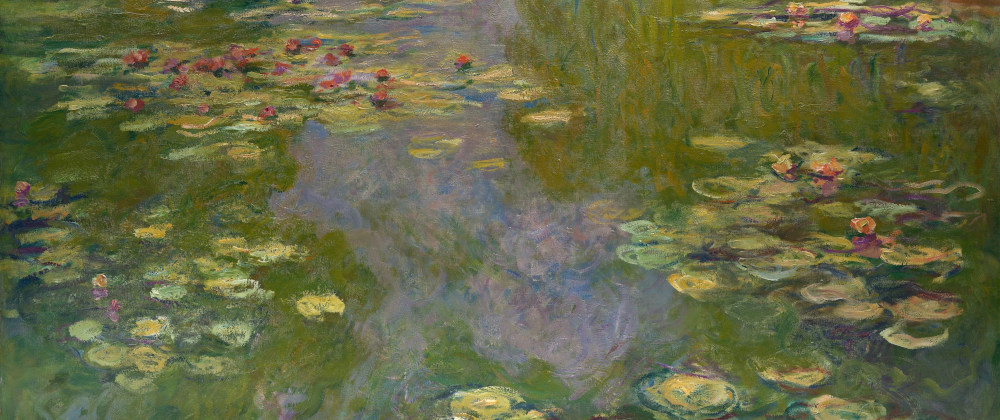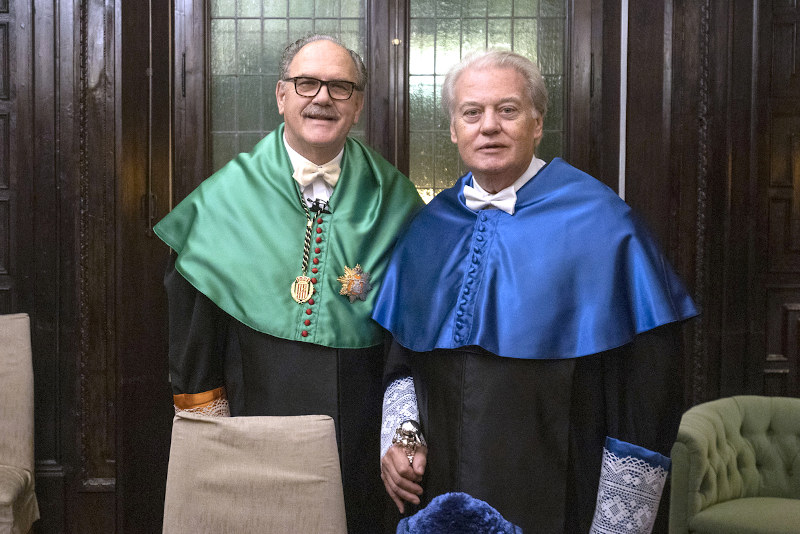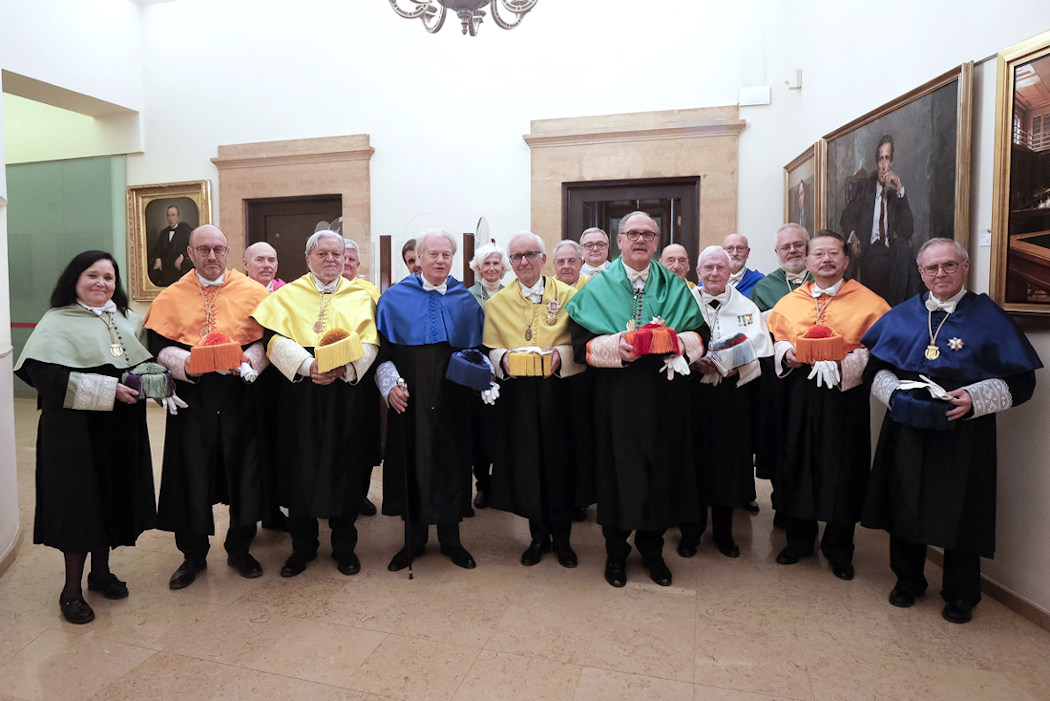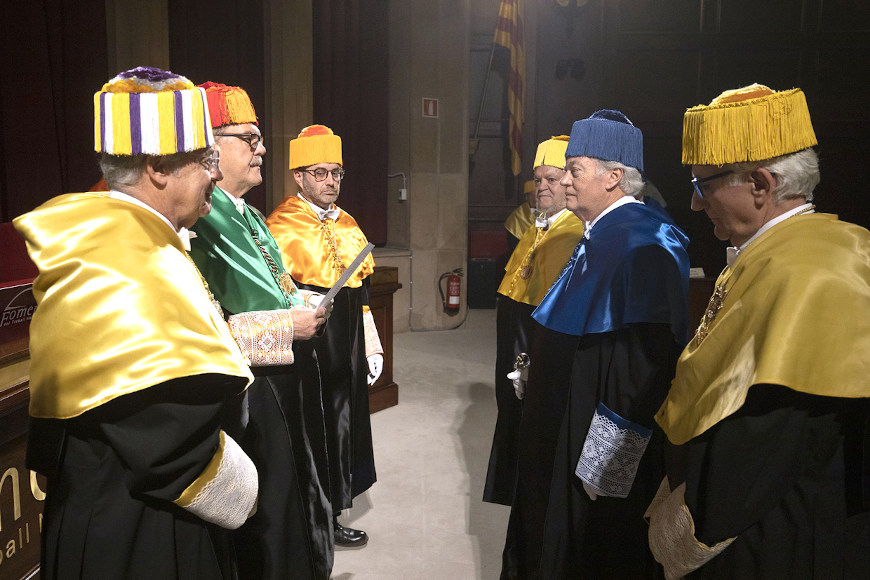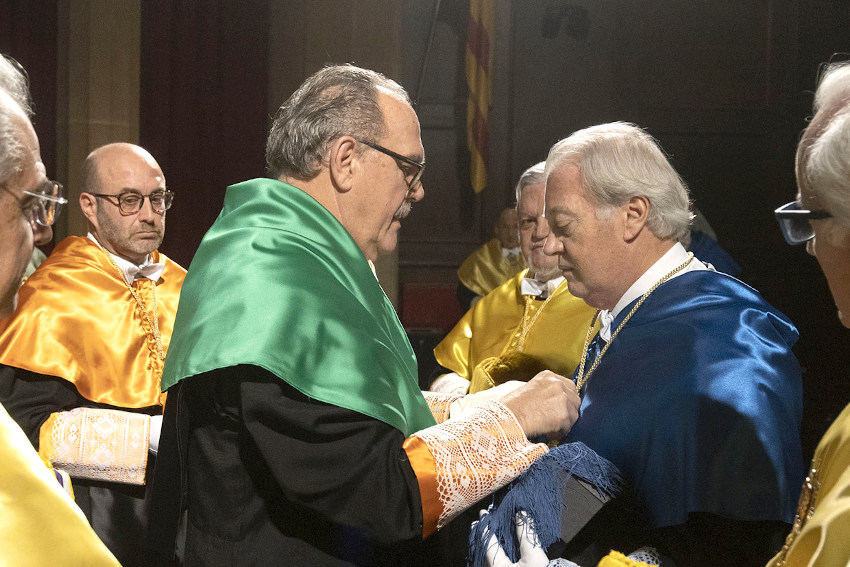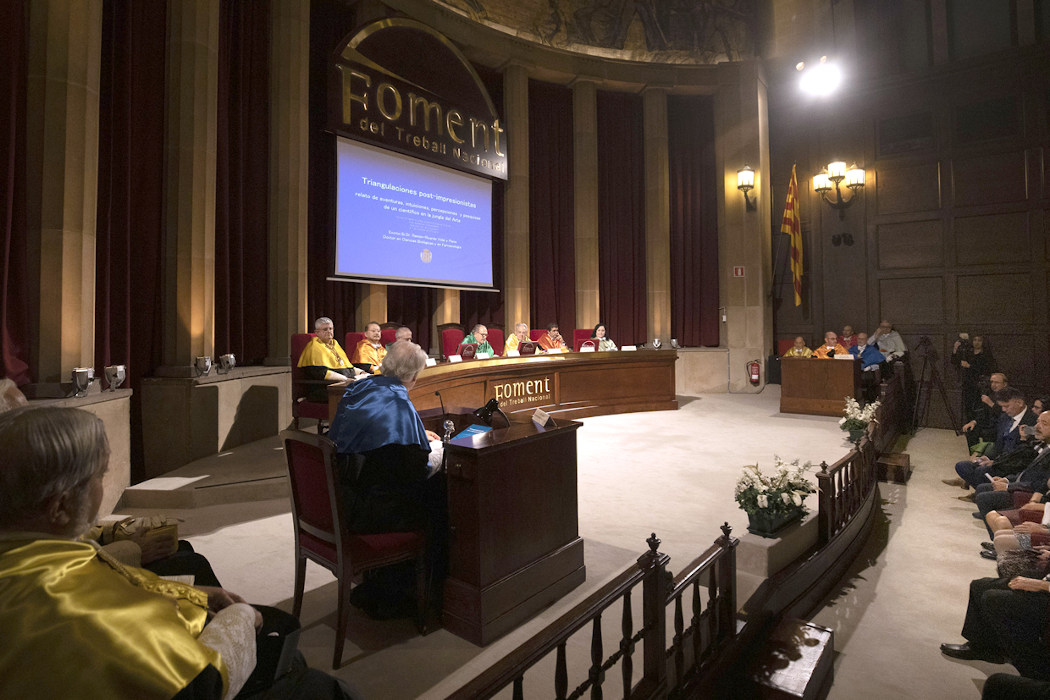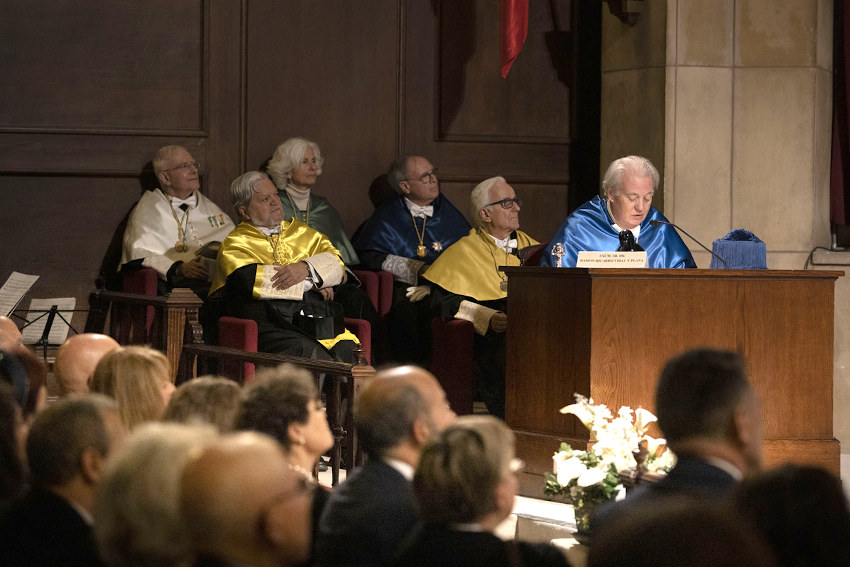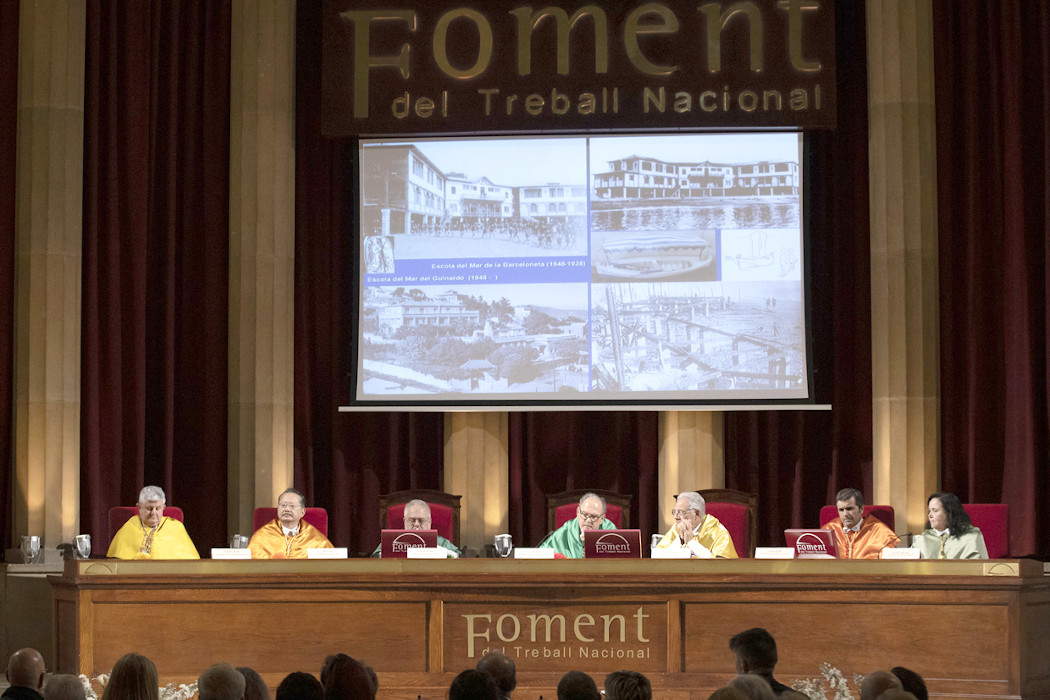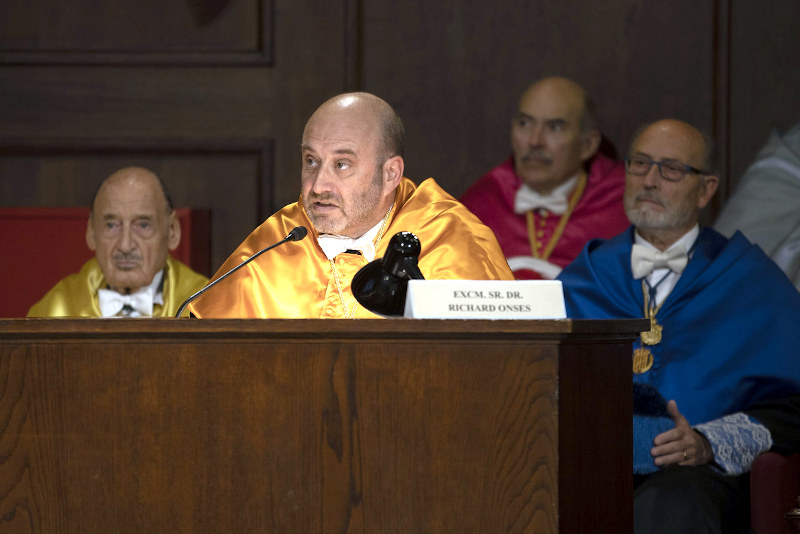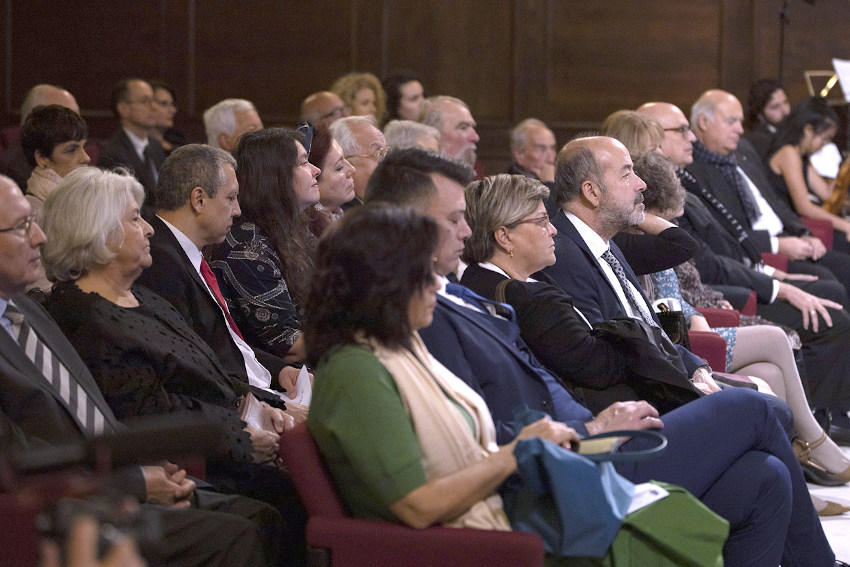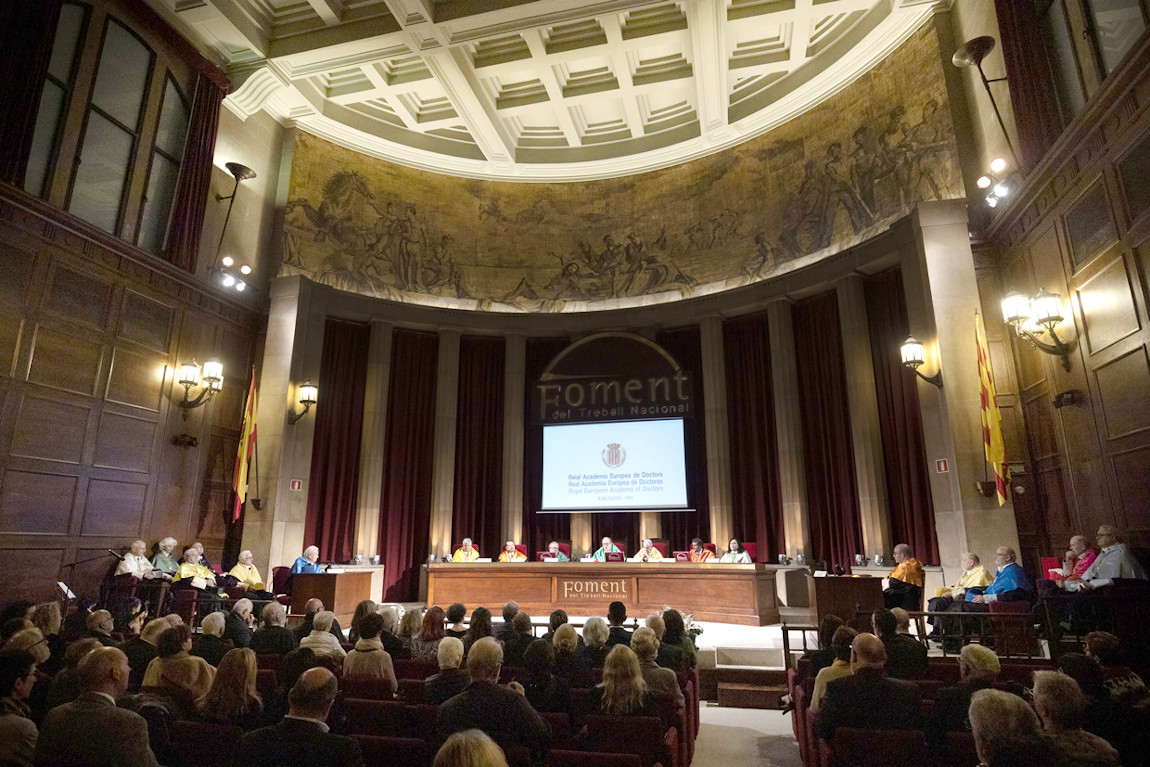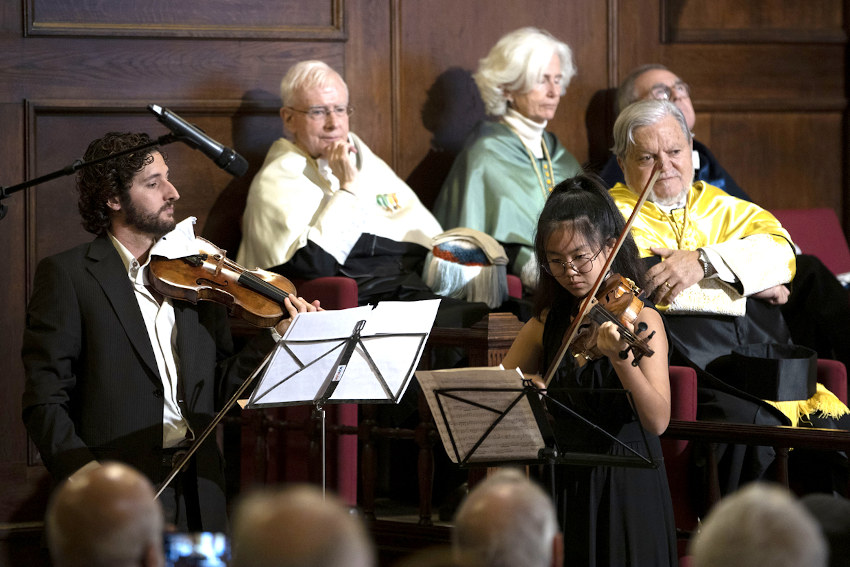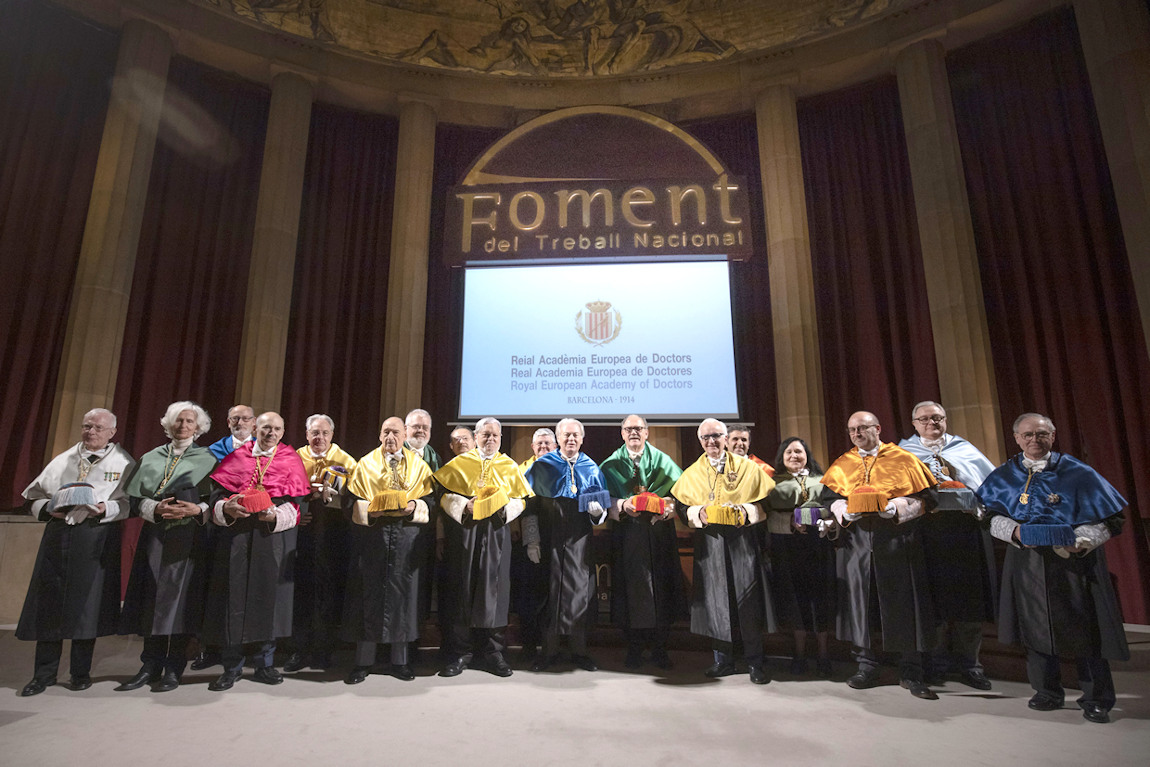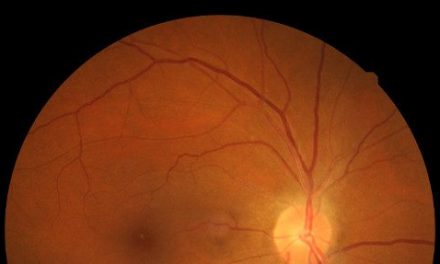The renowned biopharmaceutical Ramón-Ricardo Vidal y Plana enters at the Royal Academy with a dissertation on art
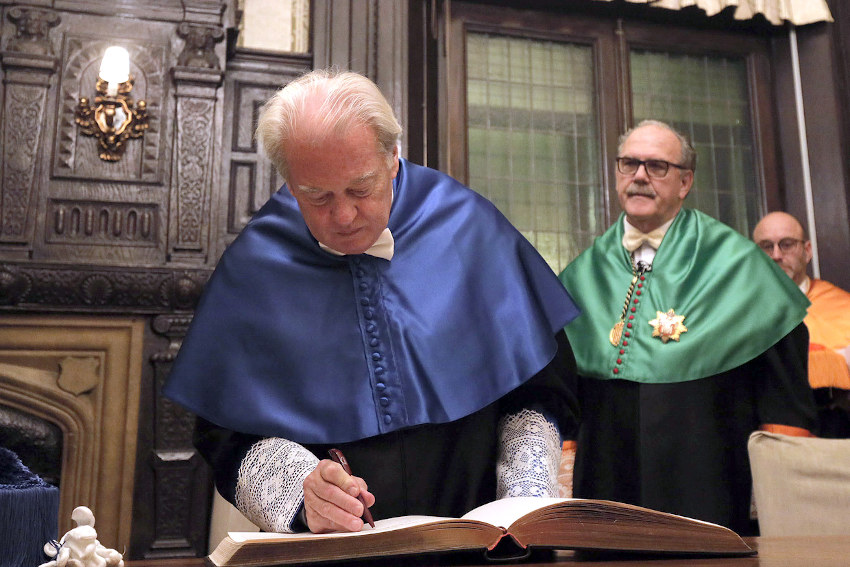 Ramón-Ricardo Vidal y Plana, doctor in Biological Sciences and Pharmacology and recognized biopharmaceutical with a long career in both private and teaching companies, entered as a corresponding academician of the Royal European Academy of Doctors-Barcelona 1914 (RAED) during a ceremony which was held last Thursday, November 7, in the Assembly Hall of the Catalan labor Promotion of National Work, headquarters of the RAED. The recipient read the admission speech “Triangulaciones postimpresionistas” (Post-Impressionist Triangulations). On behalf of the Royal Corporation answered the corresponding academician Richard Onses. The event was attended by a hundred attendees and 20 academicians.
Ramón-Ricardo Vidal y Plana, doctor in Biological Sciences and Pharmacology and recognized biopharmaceutical with a long career in both private and teaching companies, entered as a corresponding academician of the Royal European Academy of Doctors-Barcelona 1914 (RAED) during a ceremony which was held last Thursday, November 7, in the Assembly Hall of the Catalan labor Promotion of National Work, headquarters of the RAED. The recipient read the admission speech “Triangulaciones postimpresionistas” (Post-Impressionist Triangulations). On behalf of the Royal Corporation answered the corresponding academician Richard Onses. The event was attended by a hundred attendees and 20 academicians.
Passionate about art, to which he has dedicated the time that has allowed his intense scientific dedication in the company, the university and his various responsibilities in the Administration, the new academician wanted to dedicate his introduction in the institution to this area. Specifically, the Post-Impressionist movement. “It’s in my capacity as a scientist passionate about art that a part of my attention is directed to this other vital energy that animates us, composed of emotions, sensations, perceptions, intuitions and hedonistic experiences. Consistent with both facets of the same reality, in my paper I have planned to expose some of the experiences, together with my wife, Françoise, in the complex world of art”, says the recipient in the introduction of his speech.
Already entered into matter, Vidal y Plana succinctly exposes the history of Impressionism and what led its emergence in the history of painting, his personal approach to this school and its main representatives, the new paradigm that opened at the end of the 19th century in the perception of art and the cult towards its pieces to get into the mercantilism of art and the subsequent fraud, also using episodes lived in the first person. From there, he addresses the spurious interests behind recognized artists, citing the example of the main representatives of Impressionism and, above all, of Post-Impressionism, on which he argues the existence of an intentional impairment by critics.
The new academician stops at the figure of Georgette Agutte, unknown to the general public, and addresses her relationship with Claude Monet and the mystery of her work “Tugboat under the Bennecourt Bridge”, painted around 1916 with two different techniques. This analysis helps him to get into the contemporary techniques used to analyze all types of canvases and other works.

